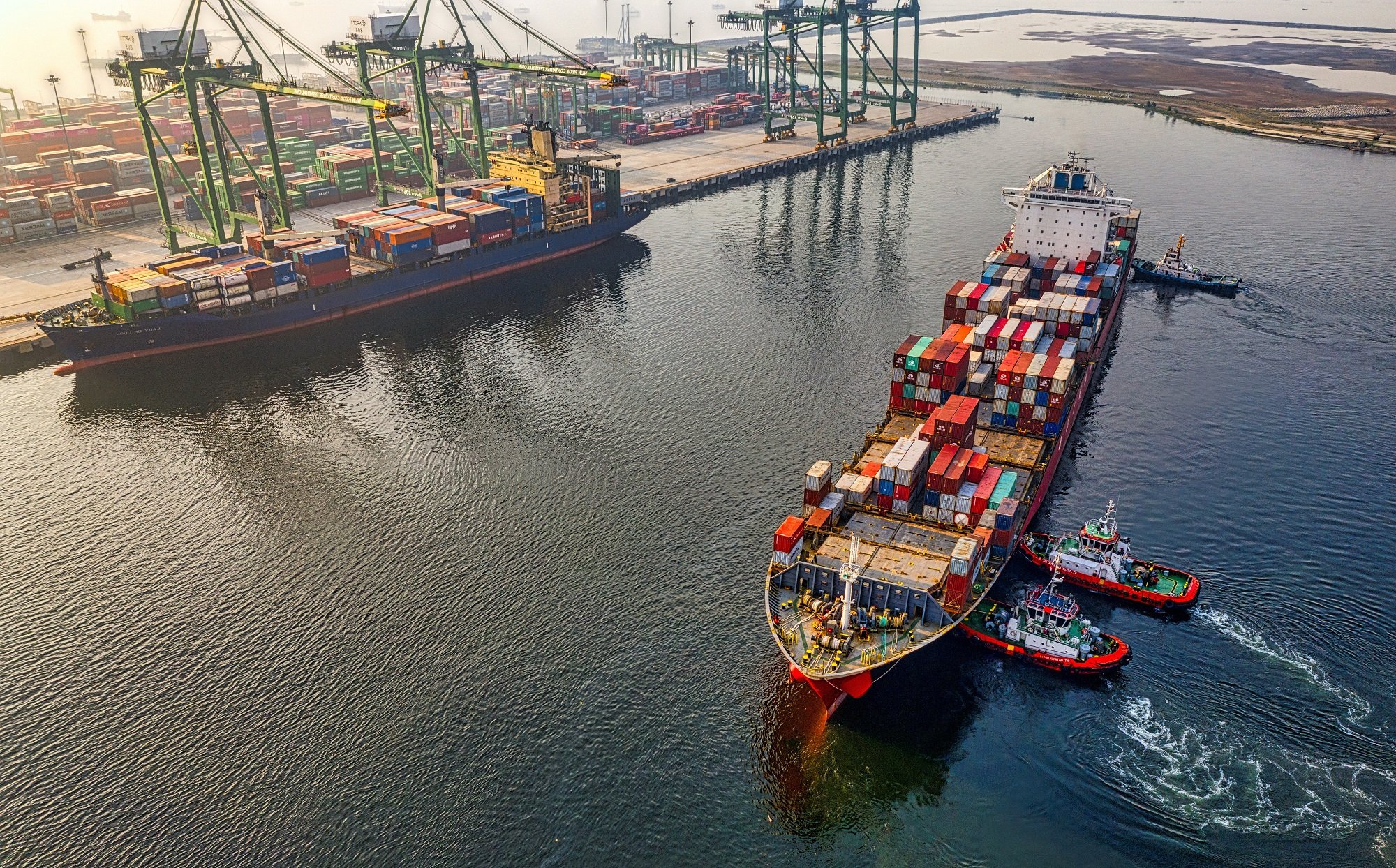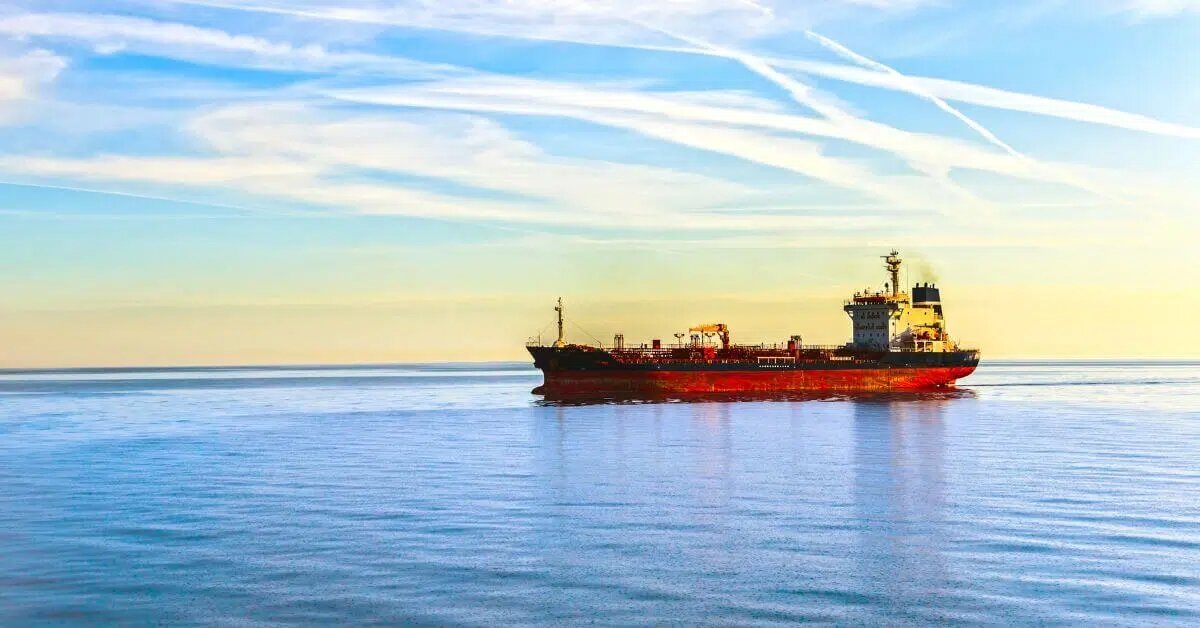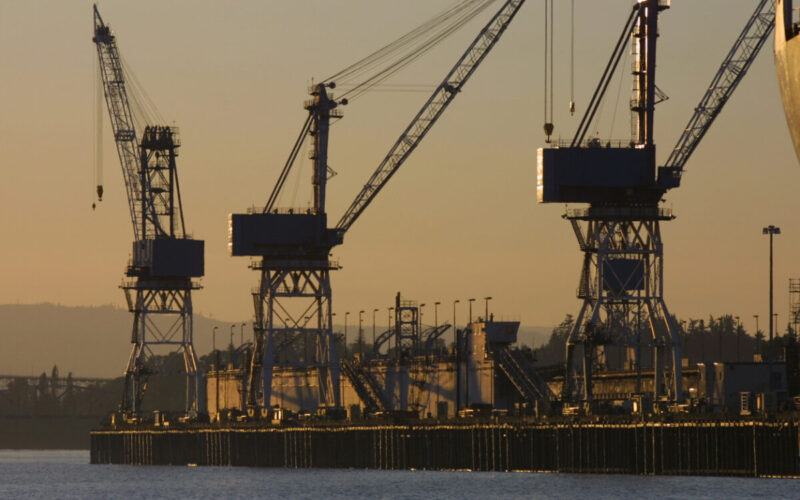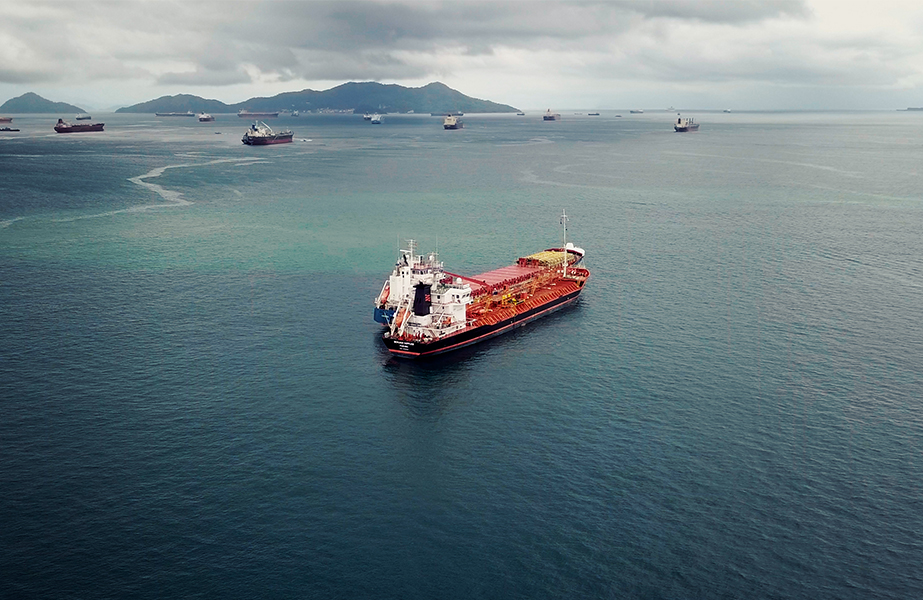Two things particularly catch my attention about Vicenç Forner: the hands that worked the forge and the gaze of a hunter.
The Host.
In the old Barcelo [what the locals called Barceloneta] everything began and ended with the sea. Whether you were on a ship, involved in smuggling, or serving glasses of wine and sardines in a tavern, you were part of an ecosystem where everyone knew who was who and where they stood. Sailboats, carpenters, and net menders were as essential as the captain and the cook, traditionally the most important figures on board. Now nothing is made here. Before, nothing came from outside. If you needed any metal piece, it would come from Vicenç’s anvil and hammer.
What really matters: a coffee with friends, in this case, the great Pepe Rubianes. People always focus on this man’s outrageous remarks, and no one remembers that one must walk toward the perfect hour with head held high and the precise rhythm that gives cadence to dreams. As they say: other photographers point at the moon and only want you to see their finger. Vicenç wants his Barcelo. These aren’t photos. They’re his neighbors. The ones you and I, by the way, don’t look at every morning when we pass them. That’s the art of a photographer.
– With the Olympics, everything changed—Vicenç Forner tells me, stoic. Before, there wasn’t enough labor in Barcelo to fill the jobs at the companies: La Maquinista, Vulcano, the hundreds of auxiliary workshops for the shipbuilding industry, the port companies, merchant ships. Fishing alone employed over a thousand people. Today, the neighborhood has changed at an impossible pace to absorb. Since the 1992 Olympics, hundreds of businesses and workshops have disappeared or transformed, modernizing, mechanizing, reducing labor, and relocating outside the neighborhood—even outside the city. I was born in ’49. The neighborhood still had broken houses, ruins from the Civil War bombings. That’s where we kids played, unafraid of them collapsing at any moment—that was our playground, along with the port and the beach. We had no choice; life was practically lived on the streets. Living in a thirty-square-meter flat was very uncomfortable. The mother cooked, the father worked, then at the bar, the kids ran around the streets playing a thousand games without toys. This created very strong bonds of friendship, a special way of speaking and relating. You had to be born here to understand it. Our neighbors were Somorrostro—a shantytown by the sea, where immigrants from the countryside arrived, set up a shack, and had a home. They shared the neighborhood with Roma people, coexisting but not mixing. Barcelo was like a dead end—you didn’t come here unless you had a specific reason [Vicenç flashes a knowing grin and continues]. I mean, starting with smuggling. The port provided all the goods that were scarce in Barcelona, like coffee. In Barcelona, they drank malt and chicory, and every now and then, a couple of coffee sacks would “split open” for the dockworkers—or however many were needed. Coffee was roasted in homes, and the aroma spread across the city. Then came the Americans distributing blond tobacco, Chesterfield. Look, I haven’t smoked in 50 years, but I remember those unfiltered Chesterfields. That paper gave them a delicious flavor! If one fell into my hands now, I’d smoke it.
Do you see the Montjuic mountain? The slope next to the cemetery was what we called the Black Earth. The Levant wind covered it with coal dust that flew from the pier across the way, where it was unloaded and piled up, giving it the name Moll del Carbó. The Black Earth was a prostitution area until the seventies. I had a forge workshop on Santa Luisa de Marillac Street, and some old sailors would come to spend the afternoon and smoke a roll-up cigarette, and they’d ask me if they could receive mail here. Those old sailors would sit at the door and debate among themselves, reminiscing about overseas experiences while reading letters that arrived from some girlfriend who once brightened their stay during a stopover in Cuba or Buenos Aires. Over the years, they disappeared, given their advanced age, and the letters stopped coming.
Magnificent photo. Vicenç Forner doesn’t need to travel to the Himalayas or photograph runway models to fire his camera. He aims and hits what he loves most: his neighbors, his neighborhood. There’s no artifice, the pose is one of those when you say ‘luiiiiis.’ But don’t tell me you don’t feel close to the grandmother. Or to the characters who have lived on those streets.
– What a shock. This only happens in Barceló. Your book *Crónicas de l’ostia* documents this neighborhood from 1949 to 1992.
– Well, here we all know each other from way back, and that leads to, let’s say, curious situations. Now I write for *Esencia Barceloneta*. I had written about someone I hadn’t seen in ages, and as soon as I stepped outside—hello Vicenç—I ran into them at the first corner, and thought, my God, I’ll have to scrap the article. But no, later when they read it, it turns out they really like it. This is my neighborhood.
– And tomorrow?
– Like I was saying, change is happening very fast. With the few fishing boats we have left, there’s not even enough to feed Barceló. In the future, we’ll be a tourist attraction inside a luxury marina. The last old rent-controlled apartments are falling, evictions and contract renewals, rent hikes and speculation are forcing lifelong residents to abandon what was once their home. But we also have to understand many small landlords who, with the rent they collect, can’t keep up with taxes that keep rising and the maintenance costs of their buildings. Traditional neighbors and tourists are like oil and water—there’s no way they can coexist despite the neighbors’ efforts. That’s why documenting it is so important.
This photo is extraordinary because it shows what’s in the eye of a good photographer. I see two girls taking a nap on a bench, and what crosses my mind is that, in this Barcelona, they’ll wake up even without their shoes. A photographer sees the story, the sharp edge. From tourist apartments to tourist benches.
# The Hunter
Another thing is his gaze. Against my habit, I’ve sat with my back to the terrace of the Maritime Museum, but just by following his eyes, I can tell what’s happening behind me. They don’t stay still. They watch who comes in, who goes out, what’s interesting. What’s worth seeing and telling.
– I had to leave the forge and take early retirement for health reasons. I’d always liked photography and had gotten used to carrying a camera with me. It started as a hobby, and in the end, I found myself collaborating with *El Periódico*, *El País*, *La Vanguardia*, and *Diario de la Barceloneta*.
– Just like that, as if it came naturally.
– No.
Photography can be art when it seeks beauty, or a document of something existing. But that’s not what it is for me. A photograph must tell a story. I am proud of this sequence: in the first photo, a woman walks along the promenade, in the second she has come closer. It shows us that time passes. Behind, we see a counter of people who have died crossing the Mediterranean, and the number decreases. A good photo must be like a book. I love photographing the people of this neighborhood, but not just their faces—what lies behind them. You must always have your camera ready, because a good photo can appear at any moment. But the photographer’s weapons are patience and being close by. I remember when the QUEEN ELISABETH came to Barcelona. They announced her arrival at nine in the morning, but I had a hunch that for security reasons she would come a bit earlier. There I was, planted at five in the morning, and at six she entered through the harbor mouth. The photo was mine. Another funny photo was when a whale slipped into the harbor. I have a network of friends, whom I call ‘the little birds,’ because they sing to me when something happens. As soon as I found out, I jumped on my motorcycle. The Guardia Civil had just arrived with their boat and were trying to scare the whale out of the harbor by banging a pot with a ladle. What a photo! I rushed to find a good angle, but I reached the gate that closes off the harbor. Nothing stops a photographer! I climb over the gate, jump off the motorcycle, and prepare the camera while a Guardia Civil car appears out of nowhere. I was about to shoot when suddenly a hand appears in front of the lens. “What are you doing here?” “I’m from the press, I just want to take this photo.” “You can’t be here!” By the time I could show my accreditation, the whale had already left with the boat clanging beside it. “Look what you’ve done!” I said to the officer. “Because of you, I’m going to get fired!” I lied. In the end, they managed to steer the whale toward the harbor mouth, but the next day, disoriented, it was struck by the bulbous bow of a merchant ship. They towed it to the dock, and I photographed how, when they tried to lift it with a crane, it split in half.
The photo is comical, to say the least. First, a good reporter must always have the camera ready. Second, a sharp eye, to in this case see how some tourists get carried away and decide to freshen up for shopping. They take off their shirts! They take off their pants! Quick, focus and shoot. The local press wasn’t keen on publishing an exclusive that would make Watergate look like a joke, so in the end, a Dutch outlet took the prize… before it went viral worldwide.
– You also published photos like ‘from tourist apartment to tourist bank’ or ‘Naked Italian Tourists.’ You go from a post-war Barcelona to today.
– The second one is funny. I was on the street and saw two Italians starting to undress in a supermarket, just for fun. I waited a while until the photo was ripe, then rushed to El Periódico thinking I had the photo of the year. But the editor-in-chief wasn’t there, and the substitute showed no interest in publishing it. In the end, it ran in a Dutch newspaper, and the next day it was everywhere. The editor-in-chief wanted to kill me, thinking I hadn’t brought them the photo, and then he wanted to kill the poor substitute.
For years I have been documenting the life of my neighborhood with photographs and articles, always in a conciliatory manner. I collaborated with Ester Marín in the Diari de la Barceloneta, a newspaper that was published punctually for 20 years, until Covid and other viruses put an end to it. Today I collaborate with a quarterly magazine, ‘Esencia Barceloneta,’ focusing on positivity and feel-good literature. For my work in the field of documentation and neighborhood coexistence, I was awarded the Medal of Honor from the city of Barcelona.
RELATED NEWS
Vicens Forner: ‘Crónicas de L’Ostia. Barcelooneta 1949-1992’




